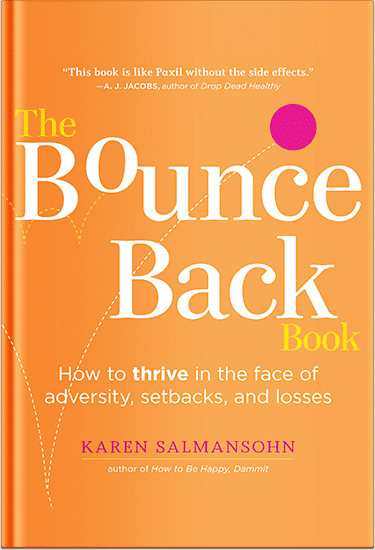
Here’s some research about what parents can learn from kids – and things children can teach all adults – about creativity, laughter, etc. Basically…wisdom doesn’t always come with age.
I believe one of the most magical sounds in the world is a child laughing. My toddler son loves to laugh.
I often even hear him giggling in his sleep! I love to know he’s such a happy spirit, he’s intent on laughing even in his dreams!
Studies report a toddler laughs about 300 times a day.
We adults, in contrast, laugh less than 20 times a day. (And I’m guessing even less so on Mondays!)
I’m curious if these numbers are exactly correct – and if so – I’m curious how much the researchers laughed collecting these numbers from toddlers and adults! (Nice work, eh? Being a “laugh collector”!)
But even if the numbers aren’t 100% verified, there’s verifiable proof in every playground. Just take a look around. Babies and toddlers are whooping it up far more frequently than the parents and sitters attending them.
After my son was born, I became highly curious about what adults can learn from kids.
I discovered there are scientific reasons behind why babies and toddler’s brains are set up to find the world so amusing.
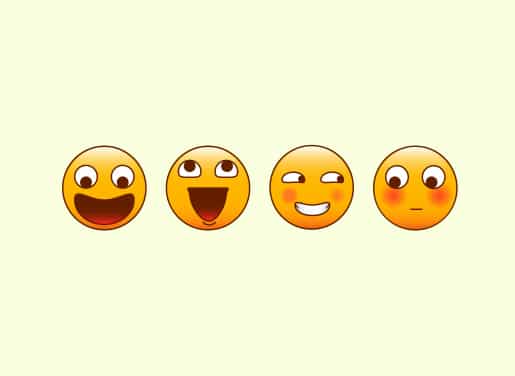 Here’s the neuroscientific scoop about the brains of babies:
Here’s the neuroscientific scoop about the brains of babies:
Babies start off as super-conscious beings.
They’re little Zen Masters, because they use their brains differently from us adults.
Babies choose to notice the quirkiest of details.
In contrast, we adults choose instead to focus on what we believe is most essential to us.
As a result, babies have a greater expanded consciousness.
Okay, now here’s the neuroscientific scoop explained more slowly:
 According to Alison Gopnik, a Berkeley psychologist, we adults use a pruning process to look at the world with our adult brains.
According to Alison Gopnik, a Berkeley psychologist, we adults use a pruning process to look at the world with our adult brains.
Basically, our adult brains are set to focus only on what we have learned to be most important to us.
This pruning process eventually allows for only a limited view of life.
As a result, we adults might find ourselves instinctively choosing to focus strongly on the wrong bits of information.
Or we might find ourselves neglecting important possibilities and helpful perceptions.
We parents could learn a lot from kids.
If we adults looked at the world with a child’s expanded consciousness, we’d be highly empowered to live more lovingly, successfully and happily.
Basically, a baby’s brain has many advantages compared with an adult’s brain.
The “narrow consciousness” of our adult brains makes us a bit lacking when it comes to creativity and problem solving.
Plus our adult “narrow consciousness” stops us from finding things as intriguing and amusing as kids do.
Basically, our adult limited consciousness makes us …
- less open to adjust to the new
- not as capable of being in the now
In contrast, a baby’s brain is like a lantern, spreading a light of awareness which can sort through lots of seemingly irrelevant information.
As a result, a baby’s brain is more receptive to discovering highly rewarding solutions and innovative concepts.
A baby’s brain is also better able to notice beauty and experience delight. This is why a baby is more fully appreciative of the new – and more present in the now.
You’ve heard of the Buddhist concept of “beginner’s mind”?
Well, a baby is blessed with the ultimate beginner’s mind!
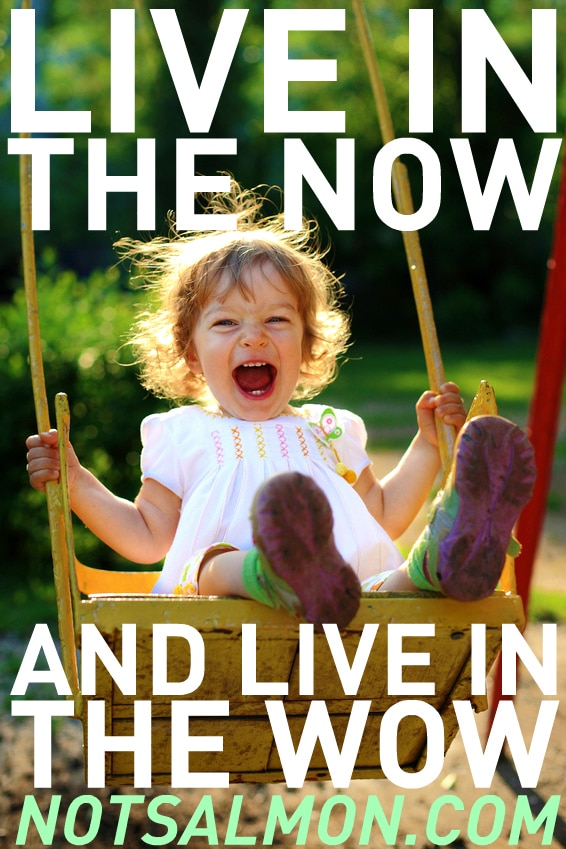 On an interesting side note, researchers at Johns Hopkins University found that jazz musicians (known for being adept at musical improvisation) showed “dramatically reduced activity in the prefrontal cortex” when they were in the midst of improvising.
On an interesting side note, researchers at Johns Hopkins University found that jazz musicians (known for being adept at musical improvisation) showed “dramatically reduced activity in the prefrontal cortex” when they were in the midst of improvising.
Guess what?
This is the same description of the prefrontal cortex area found in a baby.
And these researchers found that the more these jazz musicians were able to deactivate this prefrontal cortex (and think like a baby), the more they were able to spontaneously invent new, exciting melodies!
So what can parents (and adults everywhere) learn from kids?
Parents (and adults) can learn to think like a kid and expand their consciousness.
 Both Gopnik and those Johns Hopkins University researchers compared the unwound state of mind found in babies and jazz musicians to the same open mindset found in those who meditate.
Both Gopnik and those Johns Hopkins University researchers compared the unwound state of mind found in babies and jazz musicians to the same open mindset found in those who meditate.
Indeed, Gopnik very much believes a baby’s consciousness is similar to the consciousness in a meditational state – a state where we “dissolve attentional focus and become aware of everything at once.”
For many reasons, I found comparing a baby’s consciousness to the consciousness reached in meditation particularly fascinating.
I’m a huge fan of meditation.
I love meditation so much I even studied to be a meditation teacher, and wrote meditation guide book, called Instant Calm.
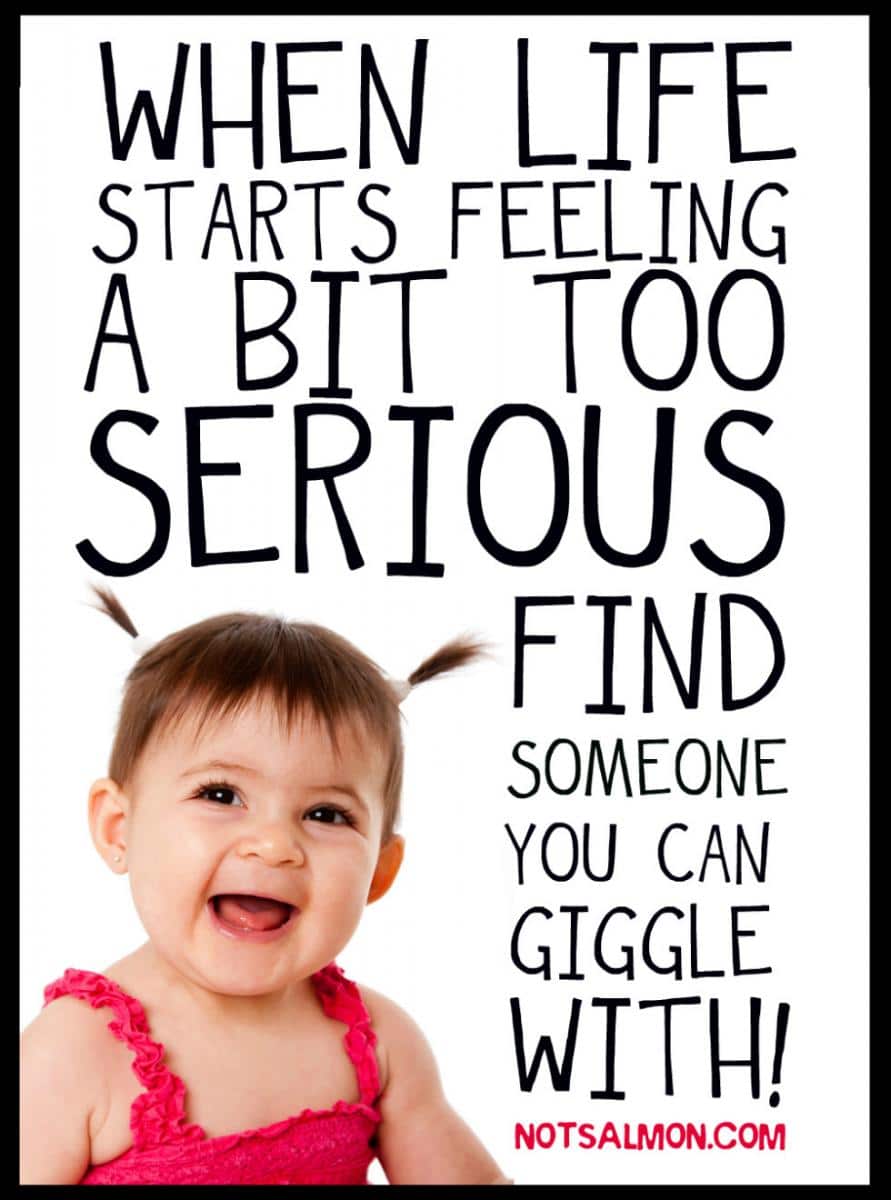 I know lots of people assume meditation to be some Buddhist mumbo-jumbo. But it’s been scientifically documented to create therapeutic changes in the brain.
I know lots of people assume meditation to be some Buddhist mumbo-jumbo. But it’s been scientifically documented to create therapeutic changes in the brain.
In particular, Dr. Brick Johnstone (professor and chair of the Department of Health Psychology at the University of Missouri-Columbia School of Health Professions) has performed many studies on how meditation affects the brain.
He’s even pinpointed a specific change in the right parietal lobe, the brain region Johnstone describes as a human’s “self-awareness spot.”
Meditating helps your brain’s self-awareness spot.
As a result, meditating allows you to experience that I-am-at-one-with-everything feeling.
Johnstone has also noticed a quieting of this self-awareness spot during appreciation of art, nature and music.
 This may explain why people often say they lose themselves in a beautiful painting or scenery.
This may explain why people often say they lose themselves in a beautiful painting or scenery.
Johnstone also noticed that a similar effect occurs during our experiences of romance and charity.
He believes this is the reason we feel selflessness when we’re sharing the loving.
In Summary: The Main Things Children Teach Adults
- Kids teach adults the benefits of an expanded consciousness.
- We adults can do meditation – and learn to think and laugh like kids.
Actually, it makes sense that a baby’s expanded consciousness is similar to a meditating adult’s expanded consciousness.
After all, a baby is a being who is…
- highly open and in the now
- fully receptive to seeing the beauty everywhere
Yep! That sounds a lot like someone who meditates!
So if you want to be happier, start a regular meditation practice today, and start thinking like a baby.
Get 2 Minute Meditation Tools To Learn To Think Like A Kid
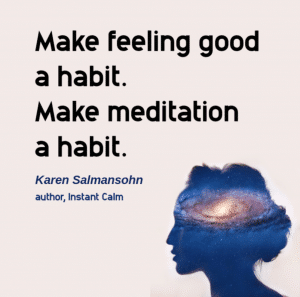 Check out my simple 2 minute meditations – in my book Instant Calm.
Check out my simple 2 minute meditations – in my book Instant Calm.
Instant Calm makes meditation fun and easy to do. The tools are based on using your 5 senses (sight, sound, touch, smell, and taste) – and help you to quickly feel more calm and grounded.
Each 2 minute meditation offers the power to snap you right out of your anxious mindset and into a state of relaxed mindfulness.
Instant Calm. is great for beginners to meditation – as well as advanced meditators – because there’s something for everyone.
Plus I’m honored (and tickled) that the world’s top meditation teachers, love and recommend Instant Calm.
What’s something which comes to your mind and heart when you read this story? Share your personal story or a personal happiness tool! I LOVE it when you share – because I love to find out about my community!
P.S. Before you zip off to your next Internet pit stop, check out these 2 game changers below - that could dramatically upscale your life.
1. Check Out My Book On Enjoying A Well-Lived Life: It’s called "Your To Die For Life: How to Maximize Joy and Minimize Regret Before Your Time Runs Out." Think of it as your life’s manual to cranking up the volume on joy, meaning, and connection. Learn more here.
2. Life Review Therapy - What if you could get a clear picture of where you are versus where you want to be, and find out exactly why you’re not there yet? That’s what Life Review Therapy is all about.. If you’re serious about transforming your life, let’s talk. Learn more HERE.
Think happier. Think calmer.
Think about subscribing for free weekly tools here.
No SPAM, ever! Read the Privacy Policy for more information.
One last step!
Please go to your inbox and click the confirmation link we just emailed you so you can start to get your free weekly NotSalmon Happiness Tools! Plus, you’ll immediately receive a chunklette of Karen’s bestselling Bounce Back Book!



 Here’s the neuroscientific scoop about the brains of babies:
Here’s the neuroscientific scoop about the brains of babies:  According to Alison Gopnik, a Berkeley psychologist, we adults use a pruning process to look at the world with our adult brains.
According to Alison Gopnik, a Berkeley psychologist, we adults use a pruning process to look at the world with our adult brains.
 On an interesting side note, researchers at Johns Hopkins University found that jazz musicians (known for being adept at musical improvisation) showed “dramatically reduced activity in the prefrontal cortex” when they were in the midst of improvising.
On an interesting side note, researchers at Johns Hopkins University found that jazz musicians (known for being adept at musical improvisation) showed “dramatically reduced activity in the prefrontal cortex” when they were in the midst of improvising. Both Gopnik and those Johns Hopkins University researchers compared the unwound state of mind found in babies and jazz musicians to the same open mindset found in those who meditate.
Both Gopnik and those Johns Hopkins University researchers compared the unwound state of mind found in babies and jazz musicians to the same open mindset found in those who meditate. I know lots of people assume meditation to be some Buddhist mumbo-jumbo. But it’s been scientifically documented to create therapeutic changes in the brain.
I know lots of people assume meditation to be some Buddhist mumbo-jumbo. But it’s been scientifically documented to create therapeutic changes in the brain. This may explain why people often say they lose themselves in a beautiful painting or scenery.
This may explain why people often say they lose themselves in a beautiful painting or scenery. Check out my simple 2 minute meditations – in my book
Check out my simple 2 minute meditations – in my book